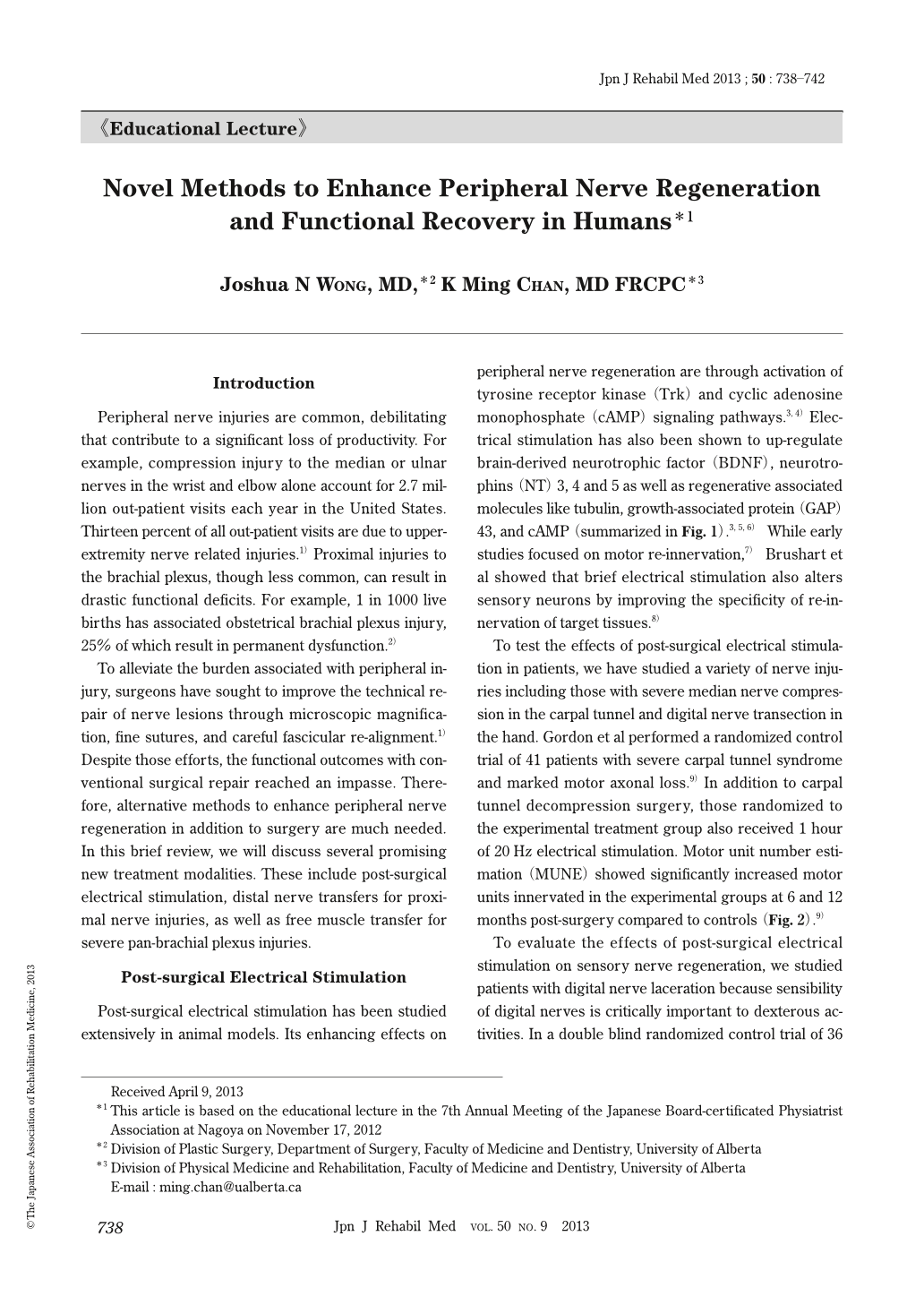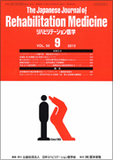Japanese
English
- 販売していません
- Abstract 文献概要
- 1ページ目 Look Inside
- 参考文献 Reference
Introduction
Peripheral nerve injuries are common, debilitating that contribute to a significant loss of productivity. For example, compression injury to the median or ulnar nerves in the wrist and elbow alone account for 2.7 million out-patient visits each year in the United States. Thirteen percent of all out-patient visits are due to upper-extremity nerve related injuries.1) Proximal injuries to the brachial plexus, though less common, can result in drastic functional deficits. For example, 1 in 1000 live births has associated obstetrical brachial plexus injury, 25% of which result in permanent dysfunction.2)
To alleviate the burden associated with peripheral injury, surgeons have sought to improve the technical repair of nerve lesions through microscopic magnification, fine sutures, and careful fascicular re-alignment.1) Despite those efforts, the functional outcomes with conventional surgical repair reached an impasse. Therefore, alternative methods to enhance peripheral nerve regeneration in addition to surgery are much needed. In this brief review, we will discuss several promising new treatment modalities. These include post-surgical electrical stimulation, distal nerve transfers for proximal nerve injuries, as well as free muscle transfer for severe pan-brachial plexus injuries.
Introduction
Peripheral nerve injuries are common, debilitating that contribute to a significant loss of productivity. For example, compression injury to the median or ulnar nerves in the wrist and elbow alone account for 2.7 million out-patient visits each year in the United States. Thirteen percent of all out-patient visits are due to upper-extremity nerve related injuries.1) Proximal injuries to the brachial plexus, though less common, can result in drastic functional deficits. For example, 1 in 1000 live births has associated obstetrical brachial plexus injury, 25% of which result in permanent dysfunction.2)
To alleviate the burden associated with peripheral injury, surgeons have sought to improve the technical repair of nerve lesions through microscopic magnification, fine sutures, and careful fascicular re-alignment.1) Despite those efforts, the functional outcomes with conventional surgical repair reached an impasse. Therefore, alternative methods to enhance peripheral nerve regeneration in addition to surgery are much needed. In this brief review, we will discuss several promising new treatment modalities. These include post-surgical electrical stimulation, distal nerve transfers for proximal nerve injuries, as well as free muscle transfer for severe pan-brachial plexus injuries.

Copyright © 2013, The Japanese Association of Rehabilitation Medicine. All rights reserved.


